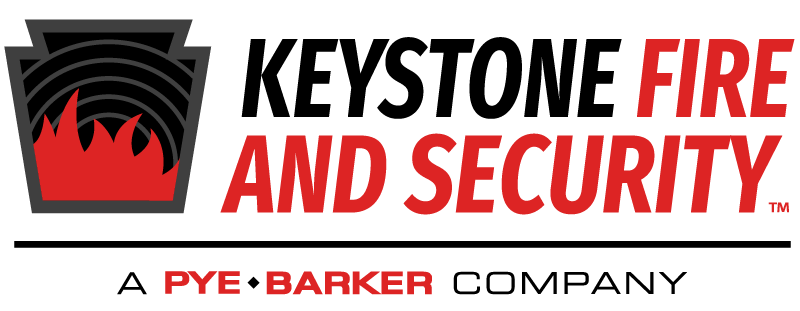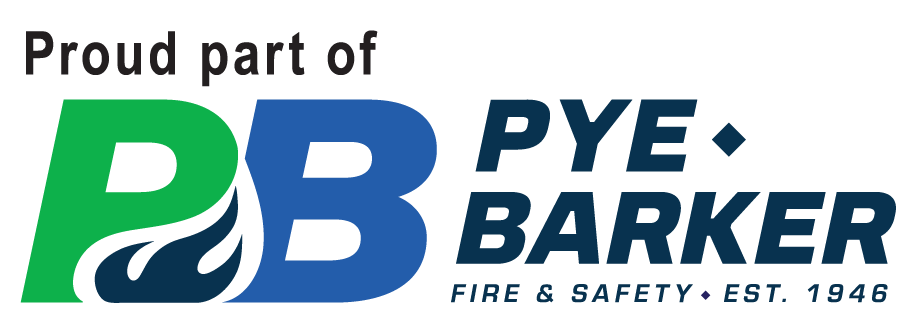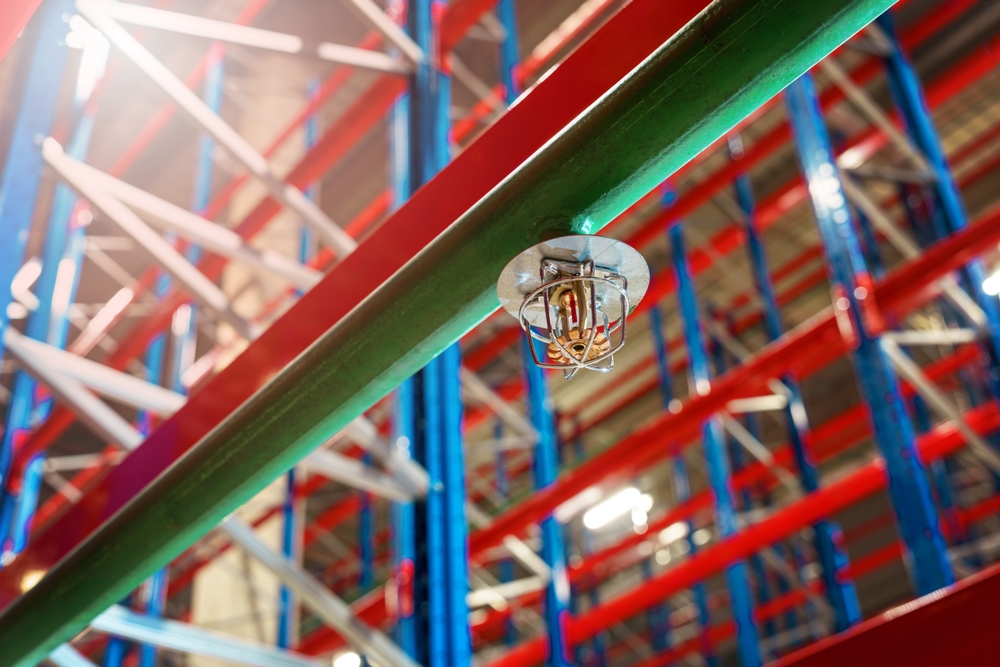Choosing the right fire suppression system for industrial hazards is both a technical challenge and a critical safety decision. In environments like manufacturing plants, chemical warehouses, and fuel storage areas, a basic sprinkler system may not provide adequate protection. Possessing the knowledge and consulting the experts can help shed light on what system will support your business’s safety efforts best.
Understanding the Basics
- Water-Based Sprinkler Systems: These systems activate in response to heat, discharging water to cool flames and prevent fire spread. They’re particularly effective for Class A fires involving paper, wood, or trash. Common types include wet pipe, dry pipe, pre-action, and deluge systems, each serving specific purposes depending on building conditions and hazard types.
- Foam-Based Sprinkler Systems: They mix water with foam concentrate to create a suppressive blanket. The foam floats on flammable liquids, cutting off oxygen and suppressing vapors, making these systems effective for Class B and K fires. Options include high-expansion foam, low-expansion foam, and AFFF (aqueous film-forming foam).
Key Differences: Water vs. Foam
| Factor | Water System | Foam System |
| Primary Mechanism | Cools and absorbs heat | Smothers fire and blocks vapors |
| Best Use Cases | Wood, paper, packaging materials | Flammable liquids, chemicals, fuel storage |
| Speed of Control | Rapid cooling, needs continuous flow | Rapid local suppression with initial smothering |
| Coverage & Reach | Wide spray distribution | Focused application in high-risk zones |
| Environmental Impact | Clean runoff, minimal residue | Requires safe disposal of foam concentrate |
| Complexity and Cost | Lower initial and operational costs | Higher installation and maintenance due to chemical agents |
When Water Works Well
In many industrial settings, water remains the most efficient and cost-effective fire suppression option. Facilities like metal fabrication shops, packaging plants, or warehouses dealing with Class A combustibles can rely on traditional systems. A water-based sprinkler system in Wilmington, DE can be further broken down into these sub-categories:
- Wet Pipe Systems: Function by releasing water immediately when heat triggers a sprinkler head.
- Dry Pipe Systems: Ideal for unheated environments, as they hold pressurized air until a sprinkler activates.
- Pre-action Systems: These systems require two triggers (heat and smoke) before water is released, preventing accidental discharge.
Water systems are generally affordable to install and maintain. Keystone technicians perform regular NFPA 25 inspections, including valve, gauge, pipe, and head checks. Additionally, water excels at containing fires caused by standard combustibles. It cools materials quickly and reduces the chance of re-ignition.
When Foam Is Essential
Foam-based systems are specifically designed for fire hazards where water alone cannot offer sufficient protection.
- Flammable Liquid Storage
Paint booths, solvent tanks, and chemical storage areas benefit from AFFF, which forms a vapor-sealing layer over liquids to suppress combustion instantly. - Process Operations
Foam systems are well-suited for fire-prone chemical processes. High-expansion foam can flood confined areas such as mixing rooms or spray enclosures, suppressing flames thoroughly. - Heavy Machinery and Fuel Storage
Facilities with diesel-powered equipment or hydraulic systems may require foam to prevent fires caused by leaks or fluid sprays. - Environmental Safety
Some foam concentrates are biodegradable, supporting facilities that must comply with environmental regulations.
Why Keystone Recommends Specialized Systems
At Keystone Fire & Security, our approach to NJ sprinkler system installation and installation in the surrounding areas begins with a detailed on-site consultation. We evaluate your facility’s layout, processes, materials, and fire risks to determine the most appropriate system.
- Hazard Identification: We review combustible inventories, flammable liquids, and electrical hazards.
- Risk Assessment: Our experts assess the fire load, occupancy type, and operational risks.
- Code Compliance: All designs adhere to NFPA 13 (water systems) and NFPA 16 (foam systems).
- Environmental Factors: We offer foam options that reduce environmental impact when necessary.
- Scalability: Our suppression solutions allow for expansion and integration with future building upgrades.
Real-World Scenarios
In a chemical storage warehouse containing thousands of gallons of flammable solvents, Keystone engineers installed an AFFF system. This prevented vapor ignition, suppressed the spread of chemicals, and minimized water runoff. A traditional water system would have risked spreading the liquid fire.
At a heavy metal fabrication plant, recurring fires caused by overheated machinery led Keystone to install a water-based wet pipe system with high-output sprinkler heads. The result was improved safety and reduced response time, all within budget.
These examples highlight the importance of system customization based on the specific risks and operations of each facility.
Hybrid Solutions: Best of Both Worlds
Many industrial spaces contain a mix of fire hazards. For these, Keystone designs hybrid systems that apply water and foam as needed. Water handles Class A combustibles like cardboard, wooden pallets, and general debris. Foam suppresses Class B hazards such as oil tanks or solvent storage.
In warehouses that store both material types, we use smart zoning. If sensors detect a fire near fuel storage, foam is deployed. If a pallet fire breaks out elsewhere, water is activated. This ensures both safety and cost control.
Installation and Maintenance
Proper design and installation are critical to the effectiveness of any suppression system.
- Expert Training: Keystone technicians ensure correct nozzle positioning, appropriate pump sizing, and system monitoring integration.
- Testing and Commissioning: Systems are tested for pressure, ratio accuracy, and operational readiness before activation.
- Routine Inspections: Water Systems receive monthly visual checks, quarterly valve activations, annual flow tests, while foam systems undergo monthly tank checks, semi-annual concentrate analysis, annual system discharge test.
- Disposal and Refills: Foam systems require periodic refilling and responsible concentrate disposal. Keystone partners with licensed environmental firms and provides detailed usage records.
Cost-Benefit Comparison
| Type | Initial Cost | Operational Cost | Maintenance | Considerations |
| Water Only | Low | Low | Low | Reliable and budget-friendly |
| Foam Only | Medium | Medium | Medium | Best for chemical and flammable hazards |
| Hybrid | High | Medium to High | High | Provides full-spectrum hazard protection |
Investing in the right system can save lives, reduce insurance costs, and keep operations compliant with fire safety regulations.
Partnering with Keystone Fire & Security
We follow a proven process to deliver solutions tailored to your facility:
- Initial Assessment: Our team conducts a full walkthrough to assess hazards and infrastructure.
- Custom Design: Systems are engineered based on NFPA standards and your unique risk profile.
- Professional Installation: Systems are installed with precision and tested rigorously.
- Ongoing Support: We offer monthly inspections, annual tests, concentrate refills, and emergency repairs.
Take the First Step Towards Your Perfect Sprinkler System
Whether you operate a manufacturing line, chemical storage warehouse, or a high-risk industrial facility, the right suppression system can mean the difference between a minor incident and a major disaster. Let Keystone Fire & Security help you evaluate, install, and maintain the fire protection system your operation requires.
Reach out to the professionals today to schedule a facility assessment or system review. With expert guidance and hands-on service, you’ll gain the peace of mind that comes with knowing your people and property are protected.


